“Xenon won’t propel us to the top, but it will protect us as we climb fast” - British politician plans to summit Everest using controversial gas
Lawmaker Al Carns and three ex-special forces pals want to summit the world's tallest mountain just four days after leaving home
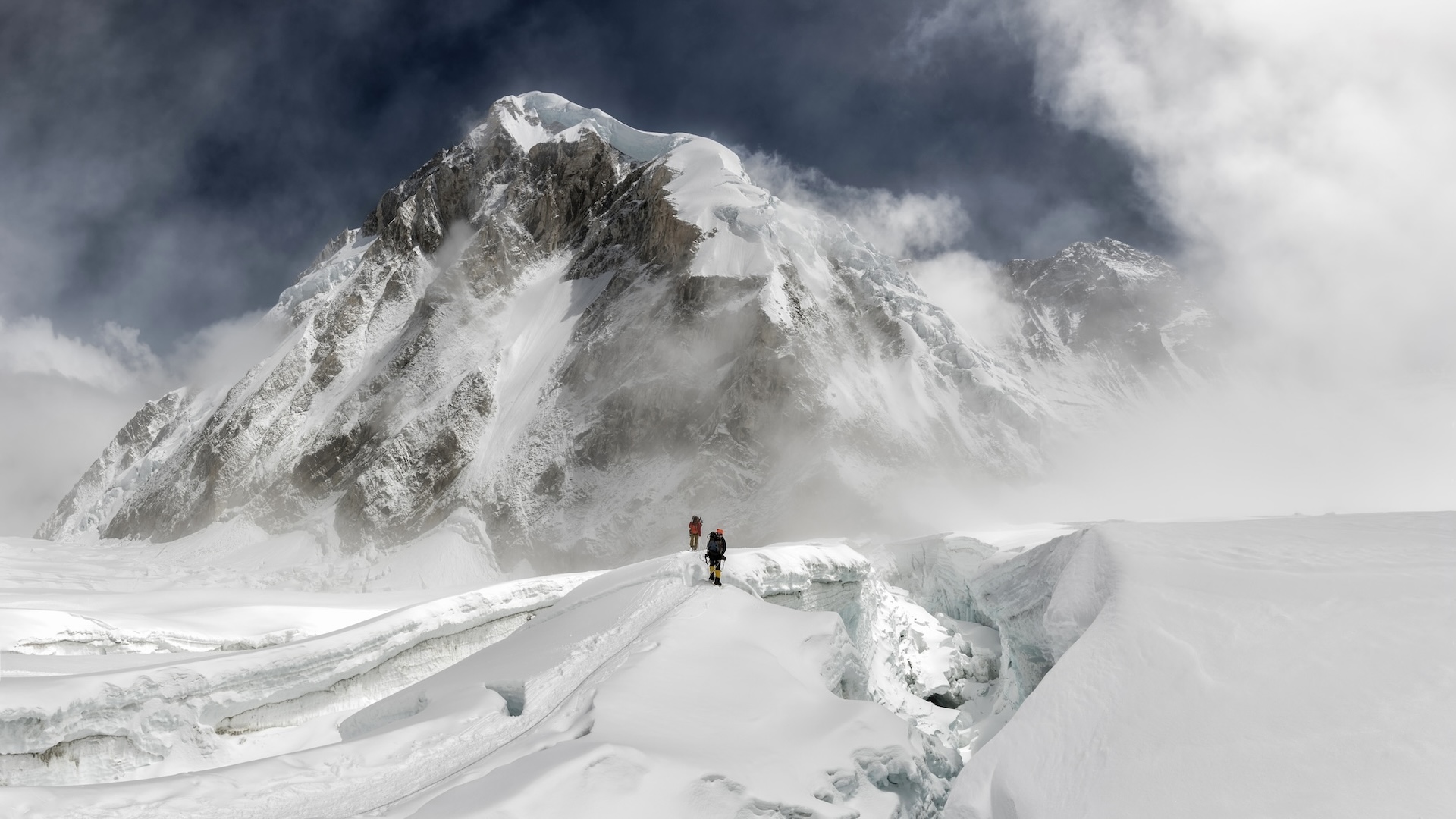
Most climbers take several months to scale Mount Everest, gradually heading up and down to acclimatize to the lack of oxygen. British politician Alistair Carns says he is aiming to do it in just four days with the help of a controversial gas.
Next month, the 45-year-old Minister for Veterans and People will fly to Nepal with three ex-Special Forces pals to climb the world's tallest mountain in a matter of days. They hope to arrive on a Monday, summit by Thursday, and be back in London for Sunday.
Amongst the climbers is ThruDark founder Anthony Stazicker, whose brand creates high-performance outwear for harsh outdoor conditions. Two weeks prior, the group will be in Germany, where medical professionals will supervise their inhalation of the controversial Xenon gas.
The team is being guided by Austrian outfit Furtenbach Adventures, led by experienced mountaineer Lukas Furtenbach. Furtenbach says that he used Xenon to assist a recent climb on Aconcagua, South America's highest mountain, and was was "totally convinced" by its effects.
Xenon, which is legal on Everest, aims to accelerate the acclimatization process by increasing your body's erythropoietin production, which should, in theory, boost your red blood cell count.
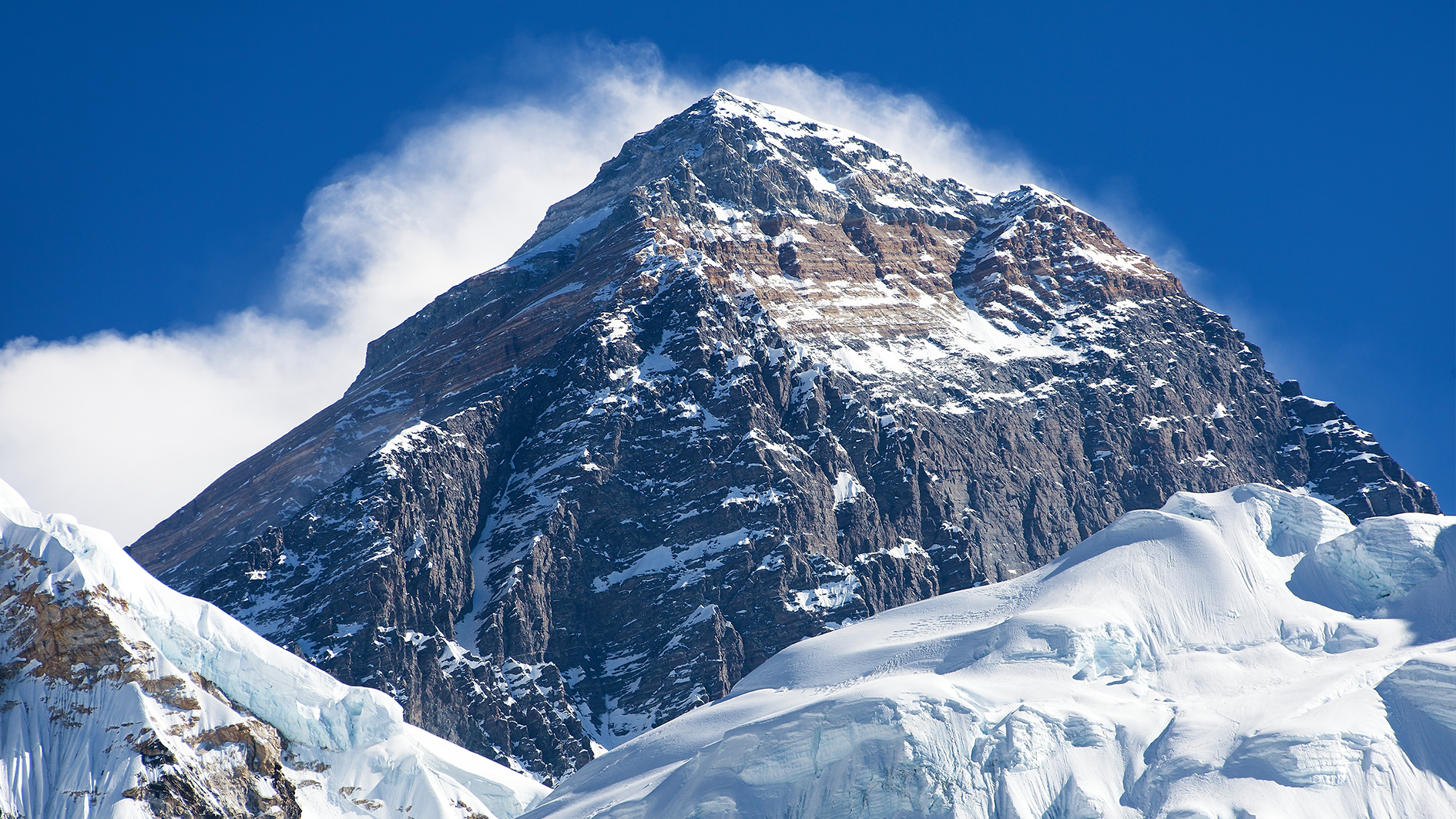
However, its effectiveness has been disputed. The International Climbing and Mountaineering Federation does not recommend it due to a lack of literature and proper research into its effects.
"Although a single inhalation of Xenon can measurably increase the release of erythropoietin, this increase is not sustained over four weeks use, nor is it associated with any changes in red blood cells," the federation explains on its website.
Advnture Newsletter
All the latest inspiration, tips and guides to help you plan your next Advnture!
In healthy individuals, blood oxygen saturation levels sit around 98% to 100% at sea level. At altitude, that number drops to roughly 87% to 92%; atop Everest, it can fall as low as 75%. This has a weakening effect and can cause deadly altitude sickness.
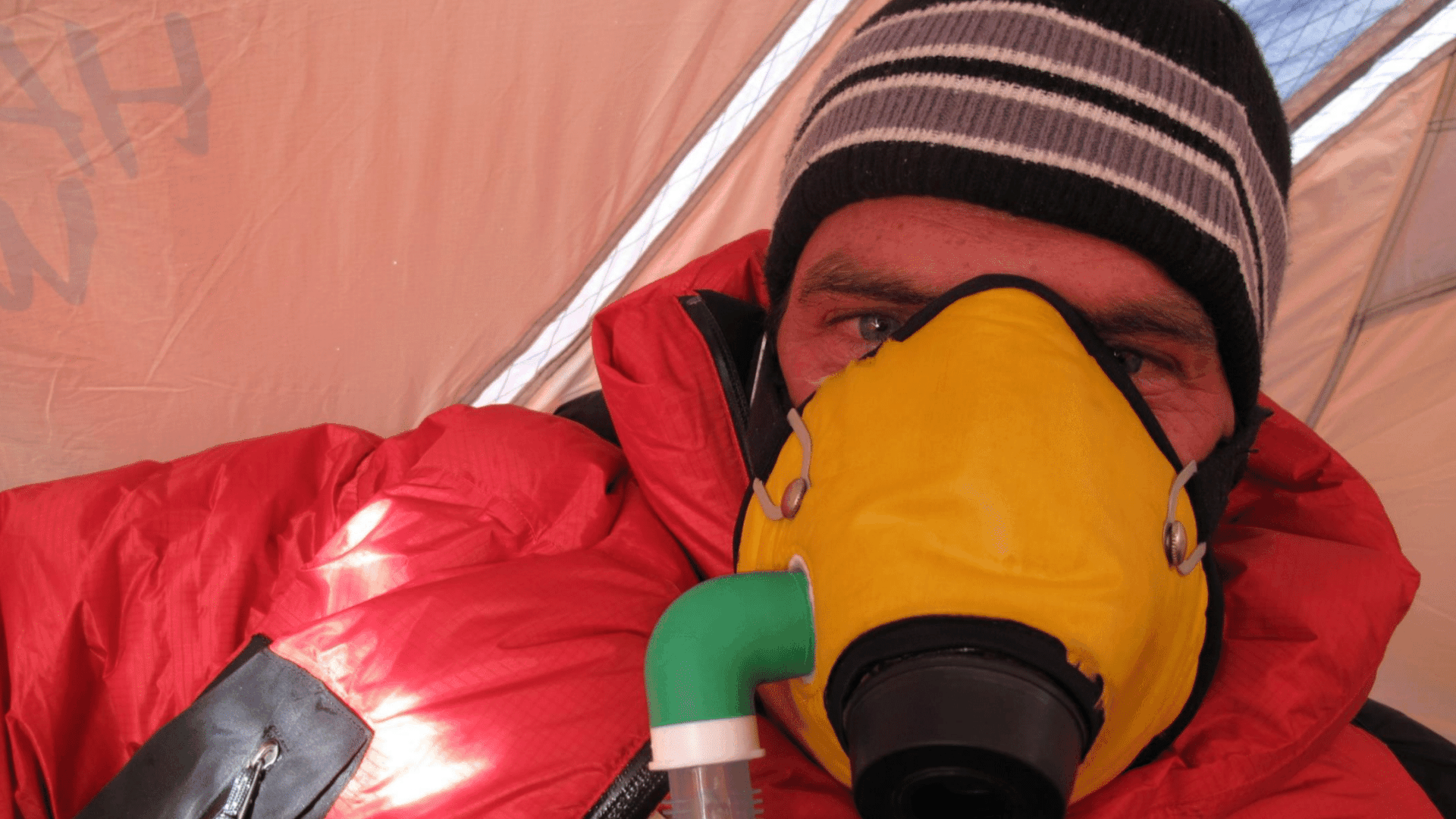
With more red blood cells, climbers can forgo the traditional acclimatization process without risking the harrowing effects of altitude.
Although the use of Xenon gas has drawn criticism from some sections of the climbing community, Carns and his crew are still eager to use it.
"Xenon won’t propel us to the top, but it will protect us as we climb fast," he tells British newspaper The Sun.
"We are all fathers, so as fathers we are going to load as many of the variables as we can in our favour.”
At 29,032ft (8,849m), Mount Everest is the tallest peak on Earth, measured from sea level. Around 800 people attempt to summit the Nepalese behemoth each year, with roughly five to ten people losing their lives. Last year, eight people died on the mountain.
What is Xenon gas?
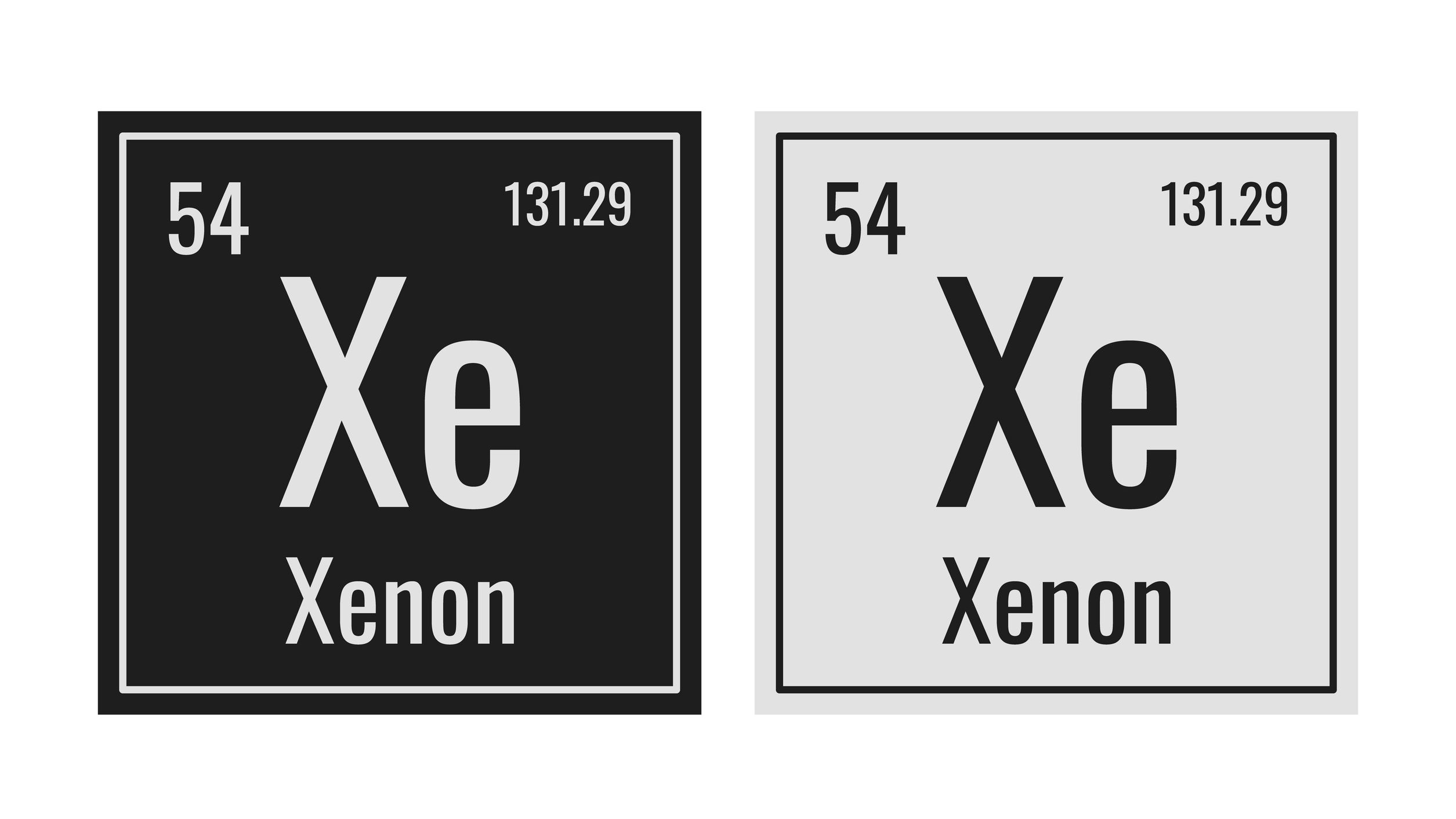
As anyone who was paying attention in chemistry lessons in school will know, Xenon (Xe) is one of the 118 chemical elements of the periodic table. It's an odorless, colorless noble gas that has a range of uses. It's been used as an anaesthetic for decades, as well as in lighting and medical imaging.
Dr Michael Fries, an anaesthetist in Limburg an der Lahn, Germany, is involved in the project. He told the Financial Times that when used in lower doses as to when used as an anaesthetic, Xenon boosts erythropoietin production in the kidneys. This is turn boosts the creation of red blood cells and increased the body's ability to transport oxygen. Its potentially advantage-giving qualities mean that it's banned from use in organized sports.
However, Furtenbach is adamant of its legitimacy in mountaineering circles, stating: "It's not an organized sport, so there's technically no doping in mountaineering."
The International Climbing and Mountaineering Federation has hit back stating that Xenon is a medicine, with the corresponding health risks if used in an unmonitored setting. It points to one study that showed doses recommended for mountaineering could lead to significant sedation, a quality that's detrimental in the high-stakes world of the death zone and high-altitude mountaineering.
Who is Al Carns?
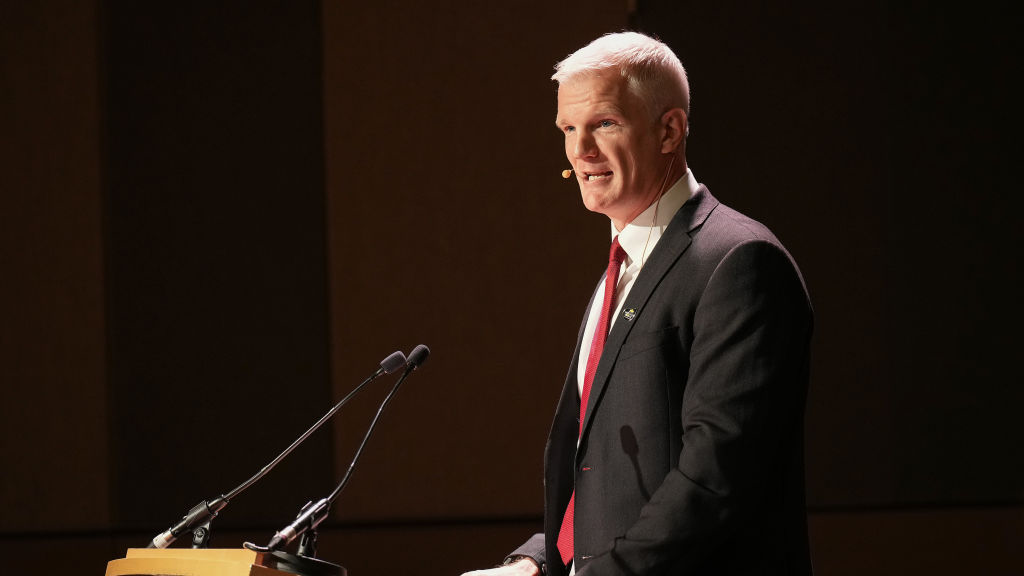
Before politics, Carns enjoyed a 25-year career with the Royal Marines, which he believes will serve him well for the upcoming challenge.
"This is like a Special Forces mission. We have the best people, the best training, the best kit, and we are at the very cutting edge of science," he said.
“We’ll go in, hit the objective, and leave no trace, no waste."
The upcoming challenge is in aid of various charities and aims to raise a significant $1,280,000 (£1,000,000).
- The best winter hiking boots: for unbeatable performance in the cold
- The best ice axes: for tackling frozen terrain
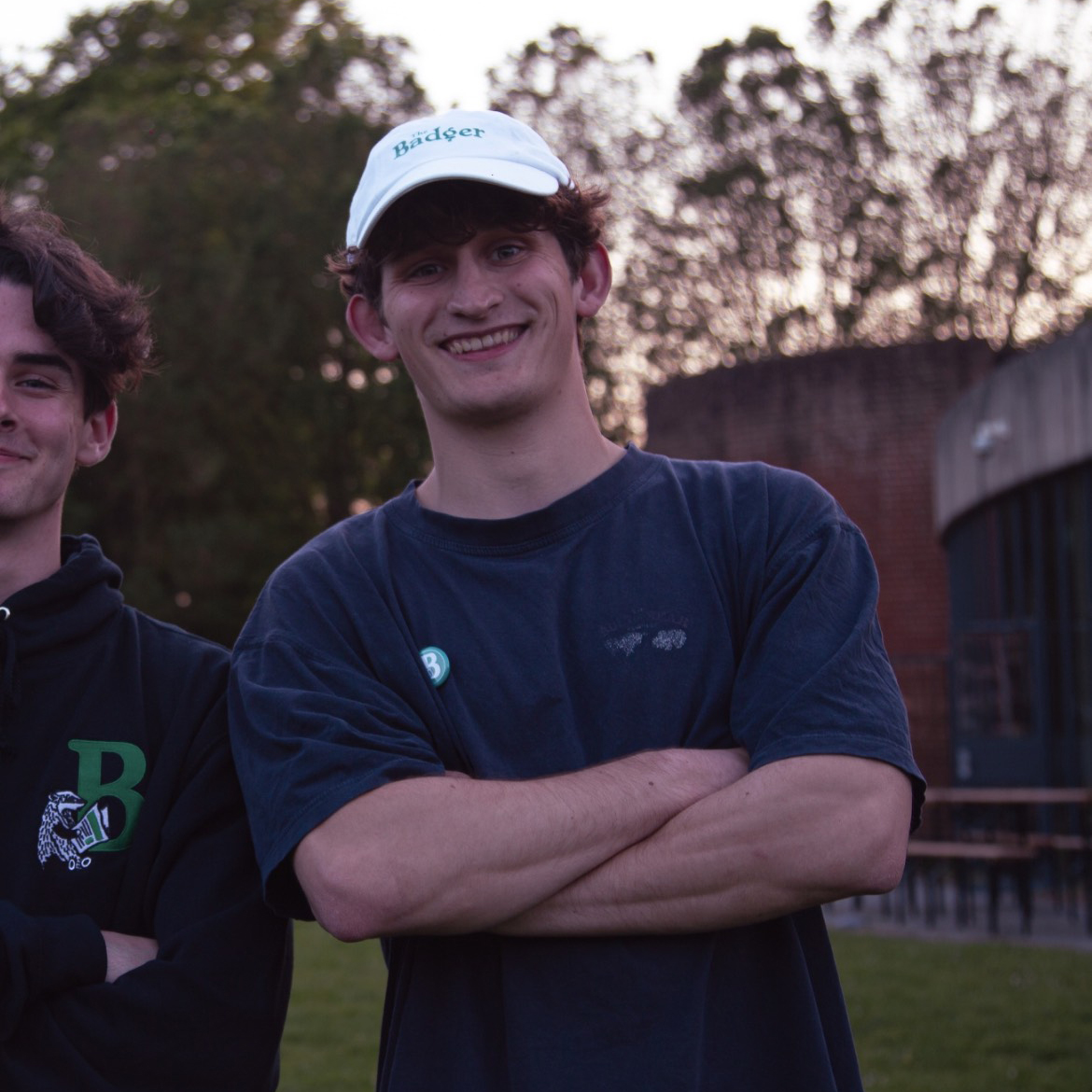
Will Symons developed his love of the outdoors as a student, exploring every inch of Sussex’s South Downs national park and wild swimming off the Brighton seafront. Now a Staff Writer for Advnture, Will previously worked as a freelance journalist and writer, covering everything from cricket to ancient history. Like most Advnture staff, Will’s time is rarely spent indoors, he can often be found hiking, wild swimming or playing cricket.
